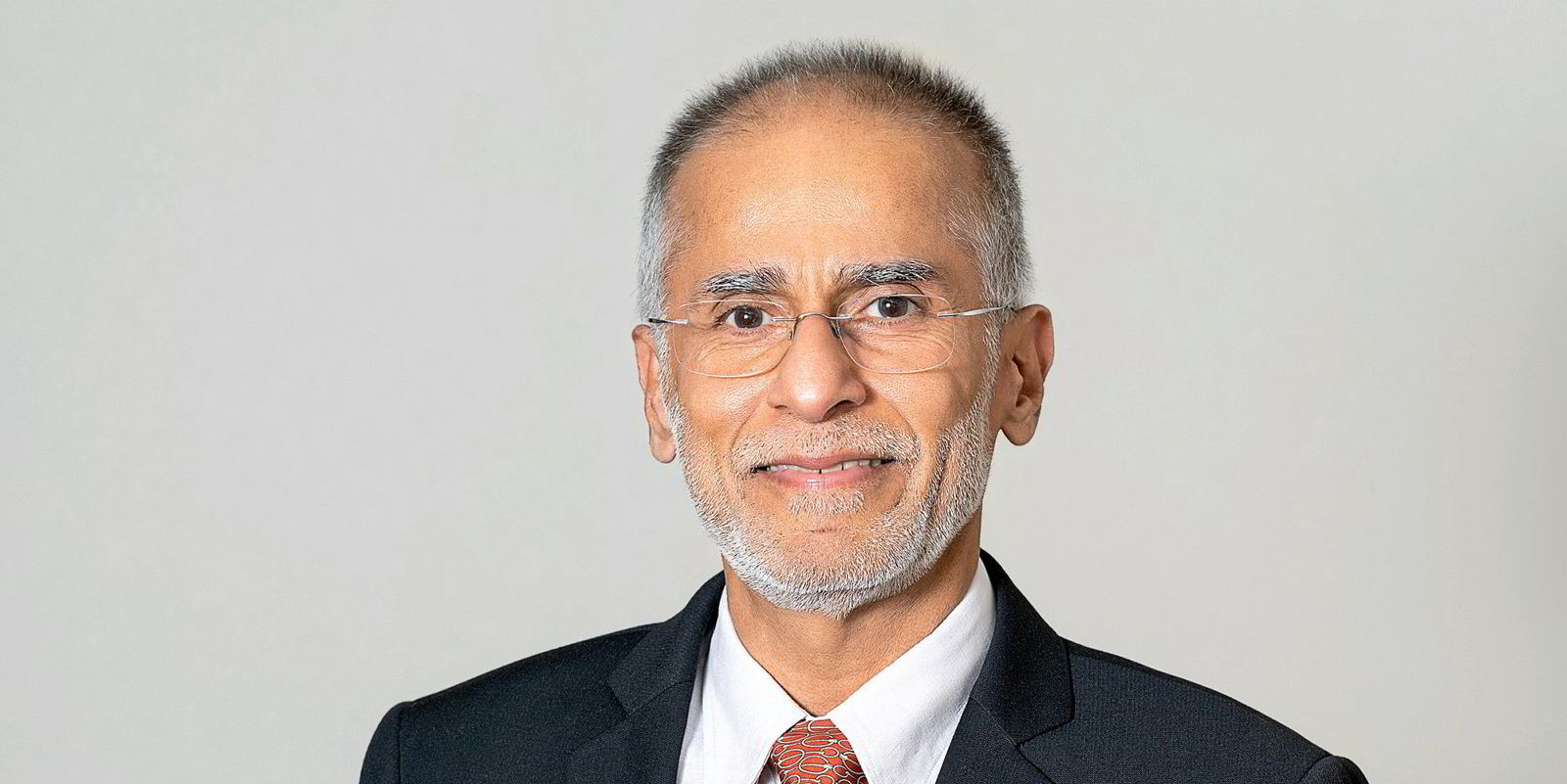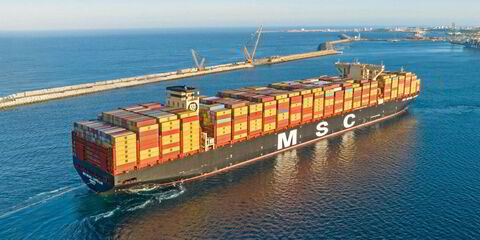We would invest $1bn in what we know and understand — secondhand eco ultramax bulkers that are less than five years old. Ideally, these vessels should have Tier III engines, and an Energy Efficiency Existing Ship Index score at A. They would remain in compliance with all regulations until the end of their lives.
This article is part of a series written by people across shipping in response to this question about how to deploy a hypothetical TradeWinds Sustainable Shipping Fund:
How, where and why would you invest $1bn for the best return in sustainable shipping, as the industry grapples with the need to cut carbon emissions, improve efficiency and keep cargoes moving in a world facing multiple economic and political challenges? The investment will be made now and ideally held for the next seven years to the end of the decade. As an added bonus, give one policy or regulation you would like to implement from 1 January 2023 to benefit shipping?
The reason for investing in secondhand ships instead of contracting new fossil fuel-burning ones is to start generating funds without adding extra capacity to the global fleet of such vessels. Today, all you can contract at shipyards are fossil fuel-burning ultramaxes.
We would reinvest the cashflow derived from secondhand ships, and the rest of our existing fleet, in zero-emitting vessels (ZEVs). We would contract newbuildings in 2028 for delivery in 2030 onwards to replace older, smaller, and not-so-eco ships in Precious’ fleet.
The time horizon would match the current and contracted ZEVs that will start sailing between 2024 and 2026. The ammonia-fuelled ships would have sailed for three years, and the safety aspects, availability of ammonia, and well-to-wake emissions for ammonia-burning vessels would be based on facts, not conjecture.
If these first-mover ammonia-fuelled ships work safely, we would end up with a fleet of modern eco ultramaxes burning fuel oil, and new ammonia-burning ultramaxes.
From the points of view of balance sheet, income statement and avoiding holding ‘stranded assets’, the above strategy is best, allowing us to replenish a war chest from cashflows derived from the secondhand ultramaxes, to invest in pure ZEVs without becoming, or taking, first-mover risks.
This strategy would also allow first-movers to experiment with fuels of the future and face the consequences in case there are problems with ZEV fuels, while allowing us to wait until we know what is the correct and safe choice of ZEV fuels.
The International Maritime Organization must place a ban on the delivery of any fossil fuel-burning new ship from a specific date — say 1 January 2030 or earlier. At the same time, older vessels must be recycled by 2030 at the latest. These hard deadlines would focus the collective minds of shipyards, engine makers, regulators, zero-emission fuel suppliers and their entire land/sea supply chain, and shipowners on the choice of fuel for the future ZEV ships.
We must replace all existing fossil fuel-burning ships with ZEVs by 2050, and the only way we can get there is if we have such an IMO-mandated hard deadline in place by the start of 2030.
Read more
- Aponte is sitting comfortably after the container shipping boom — but the good times are over
- Streetwise: What a cloudy forecast at a Miami shipping event says about recession risk
- Food poisoning suspected as 13 seafarers die on Chinese bulk carrier
- Eagle Bulk chief engineer sentenced to prison as investigation continues
- Shipping’s net-zero dream is rooted in a carbon capture reality



